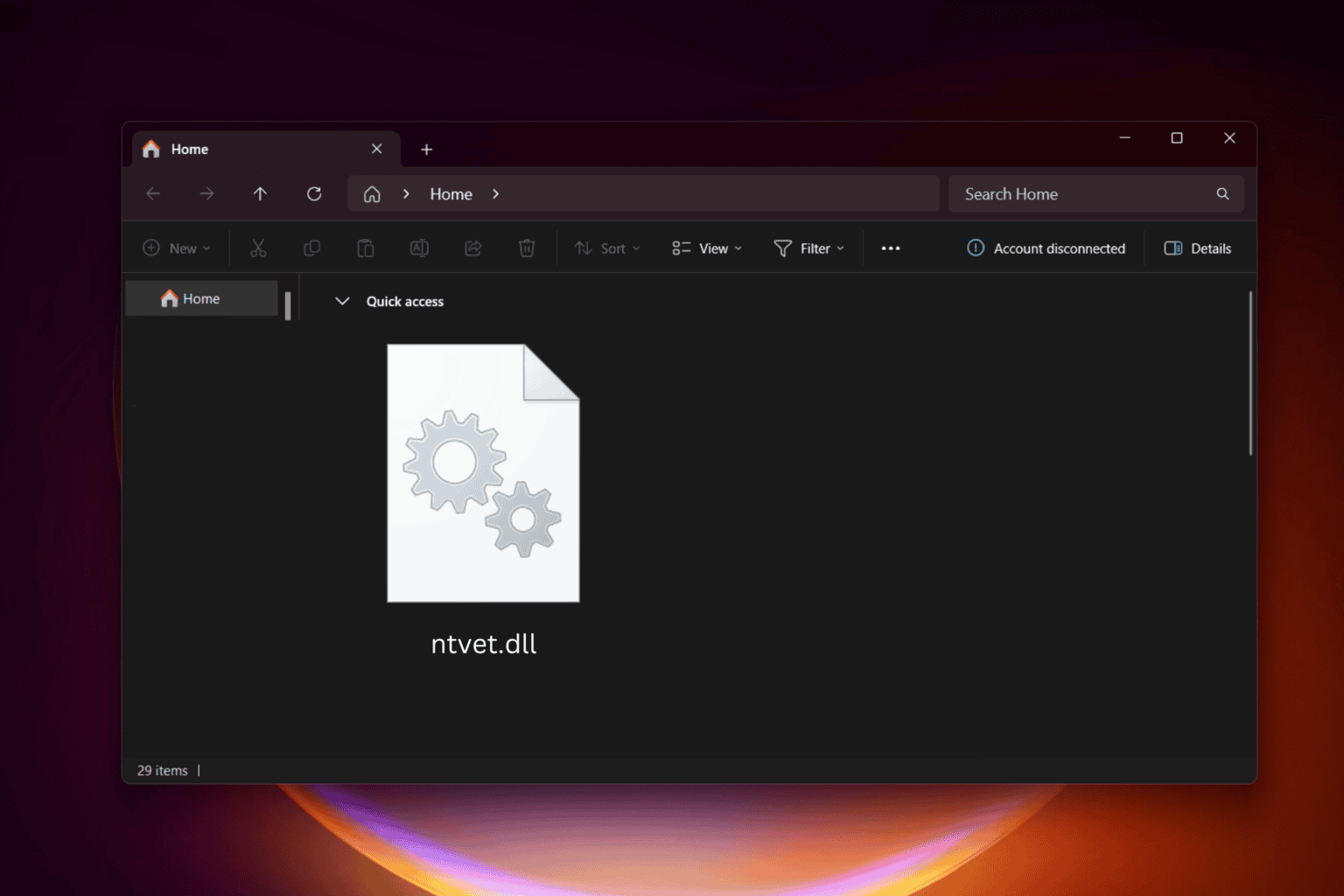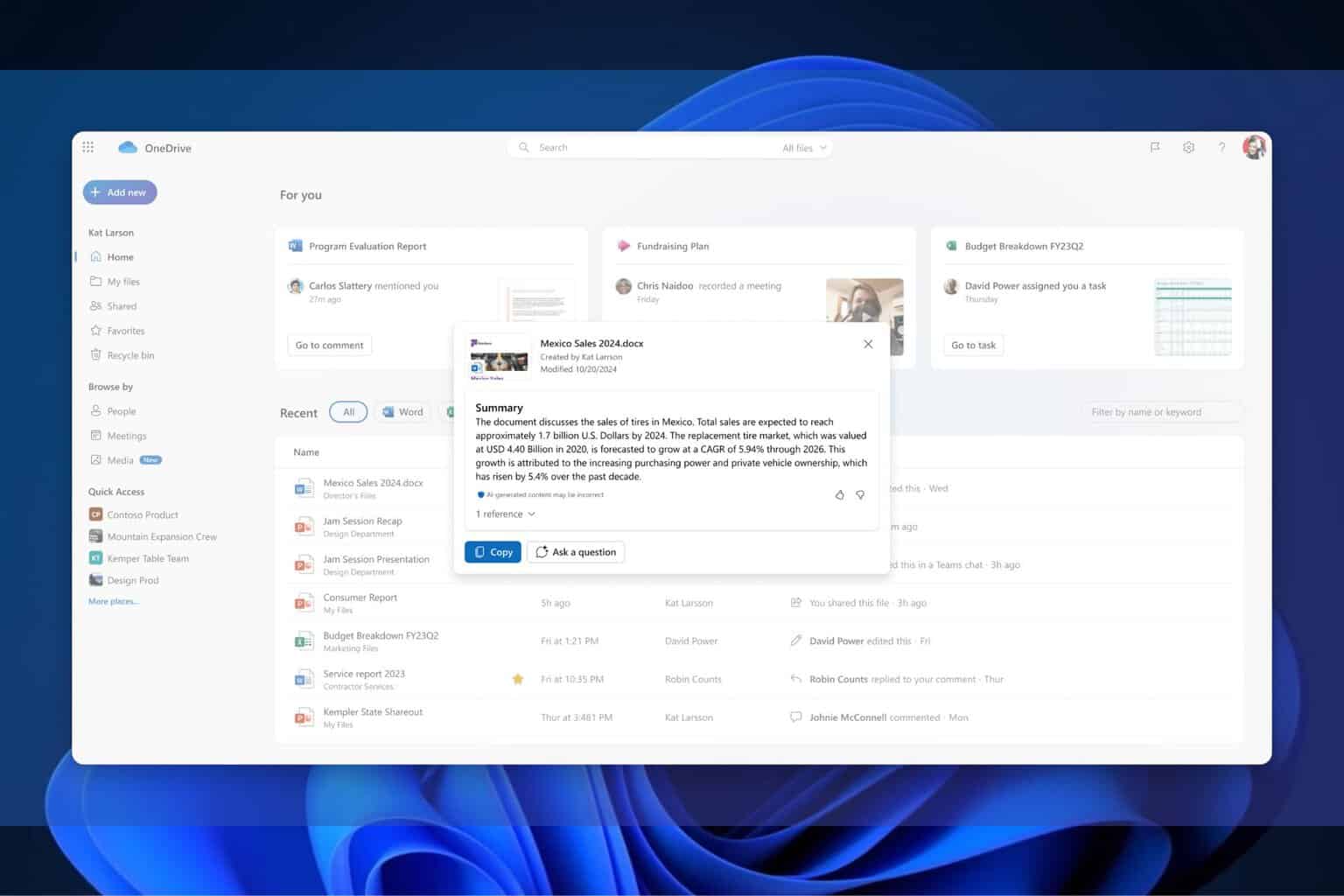Microsoft's Trill delivers speeds 'orders of magnitude' ahead of other streaming engines
3 min. read
Published on
Read our disclosure page to find out how can you help Windows Report sustain the editorial team. Read more
The world of computing has become one of inherently impossible to process figures. Whereas the original machines, developed in the 1940’s were several orders of magnitude quicker at competing certain selective tasks than humans, it is the case nowadays that we don’t even compare. What is measured now is the difference in computing power between various machines and versions of software, unbelievably advanced in comparison to what came mere decades before. We are programmed to accept leaps in power, as such we are very slightly desensitized to any new developments, even if they should prove to be suitably revolutionary.
Trill, a new development from Microsoft Research, is one such project. A ‘simple’ .NET library, Trill can process data at levels that are two to four orders of magnitude beyond those of its nearest competitors. As a streaming engine, it is highly formidable. Though Trill will remain within Microsoft for the time being however, these improvements are slowly finding their way to its other products, Bing being one such example of this.

Bing Ads is already making use of Trill, allowing customers to access stats and data within a faster timeframe than ever before. Clicks and impressions will now register within an hour of them occurring, down from around four hours before. This only applies to certain data types, including: Keyword, Ad, Account, Campaign, AdGroup, Product Offer, Product Target, Website Placement, Destination URL, Ad Dynamic Text, Rich Ad Component, Ad Extension by Keyword, Ad Extensions by Ad and Ad Extension Details. This allows a greater level of interaction than ever before, offering more detailed stats to allow for more effective assessment of immediate ad impact.

The benefits of Trill don’t stop there. According to Microsoft, as a single-node library, any .NET service, application or platform can potentially include it and start processing queries, in addition to this, users can access data faster than ever before. Trill achieves this by processing events in batches, with the data in those batches organized more efficiently than ever before, allowing faster performance.
As Bandrish Chandramouli, a Microsoft Research employee who helped develop Trill states,
“Prior systems have only achieved subsets of these benefits, but Trill provides all of these advantages in one package, so to speak. While it can be integrated into today’s distribution fabrics such as SCOPE (in Bing ads) and Orleans (in Halo) to achieve scale-out, we are currently looking at developing new techniques to achieve even better performance in distributed computing and Internet-of-Things scenarios.”
Trill, has been developed for a number of years and is now a significant point of pride for Microsoft Research, as Jeanette Wing, Corporate Vice-President of Microsoft Research says,
“From CEDR to Trill to multiple Microsoft products: This body of work is a great example of how within Microsoft Research we evolve from science to technology to business impact.”
Use of Trill within Microsoft doesn’t stop with Bing Ads. Currently it is being used as a query processor within Azure stream analytics, operating under a public preview. This is yet another example of Microsoft Research delivering exciting products with tangible benefits both for the end consumer and the business operator, expect to hear a lot more regarding this in the future.
Could Trill benefit your firm? Let us know in the comments below.









User forum
0 messages